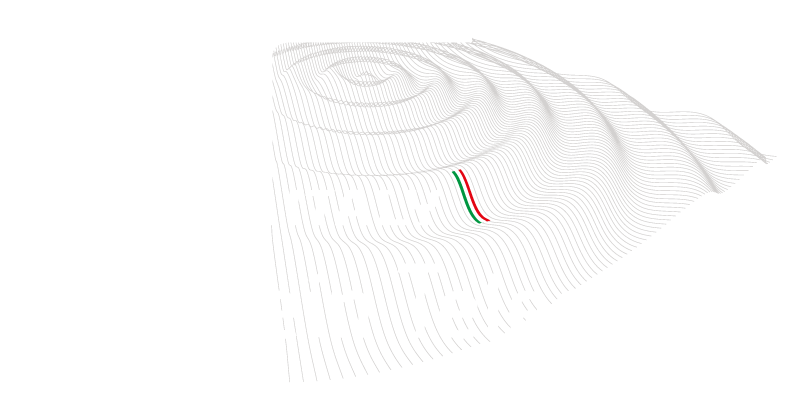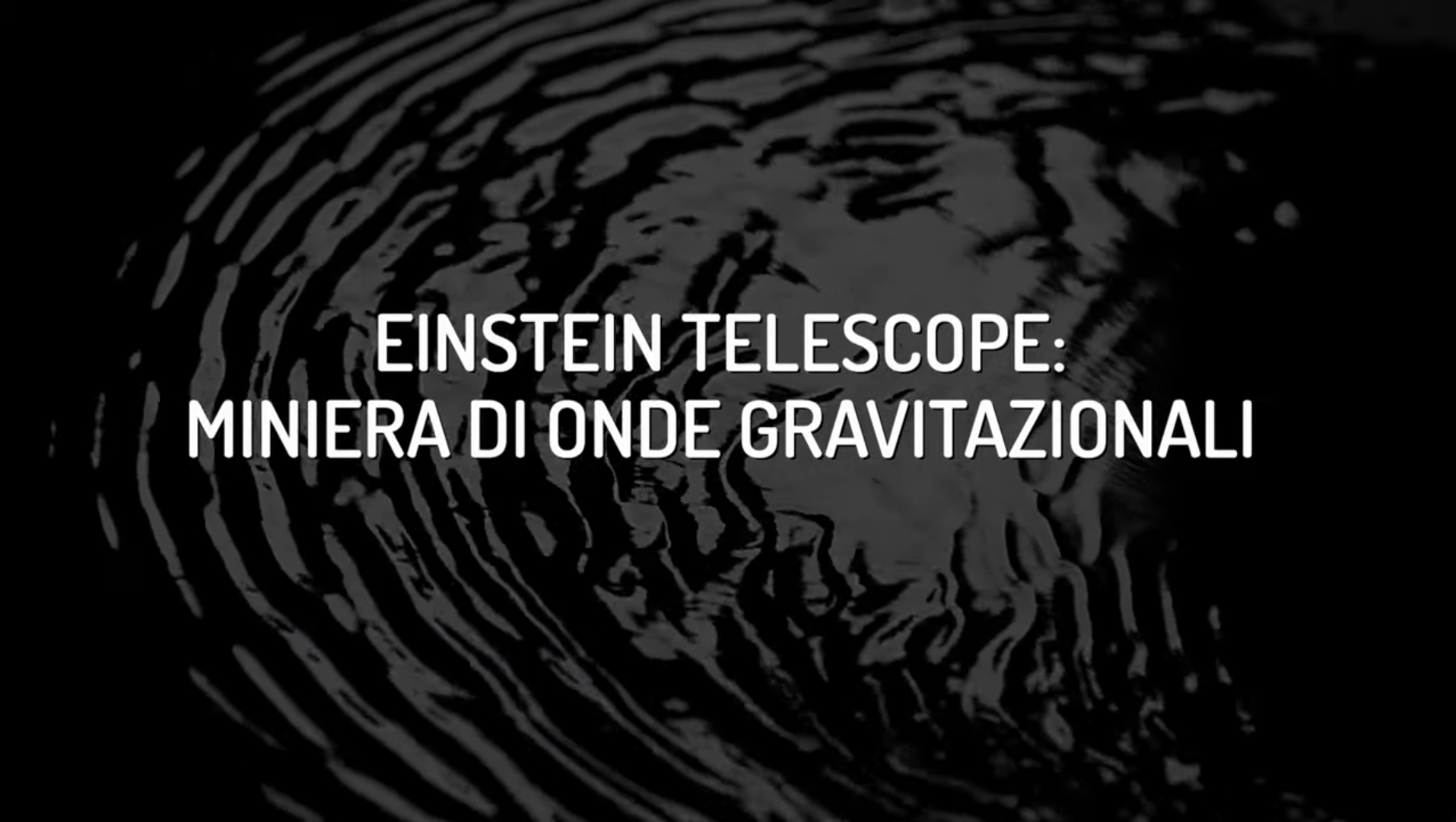Sos Enattos, a disused mine in Sardinia, chosen by Italy as a candidate site to host the Einstein Telescope project. Dug about 100 meters deep, 30 kilometers in perimeter, it will hunt for gravitational waves, ripples in the space-time fabric of the universe that propagate through space for thousands or millions of years before reaching us. The first gravitational wave observation, in 2015, were announced by the LIGO experiments, in the United States, and Virgo, in Cascina near Pisa, a century after Albert Einstein’s prediction, to whom the new project is dedicated.
These observations – which provide insight into phenomena related to the formation and evolution of black holes and neutron stars – are made with extremely sophisticated instruments: gravitational interferometers. ET, the big new research infrastructure, will play a leading role in so-called multi-messenger astronomy: a new way to study the universe, with an approach that combines data from different sources of cosmic signals or “messengers”: light and electromagnetic waves, neutrinos and, indeed, gravitational waves.
Produced by Gloria Nobile for Master’s course in science communication “F. Prattico” (Sissa, Trieste).
Media Inaf TV, 22/12/23

